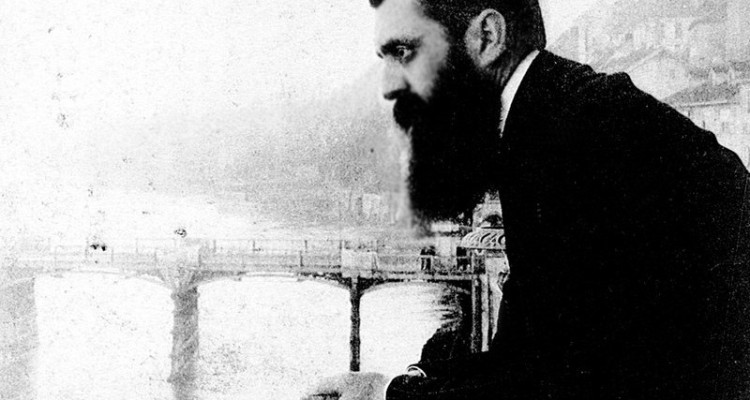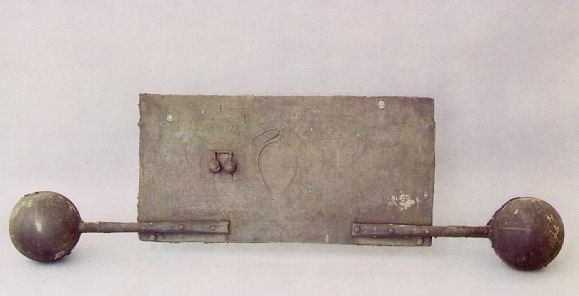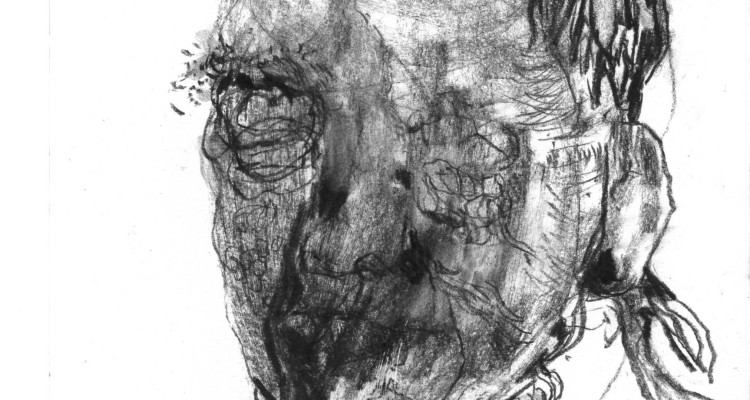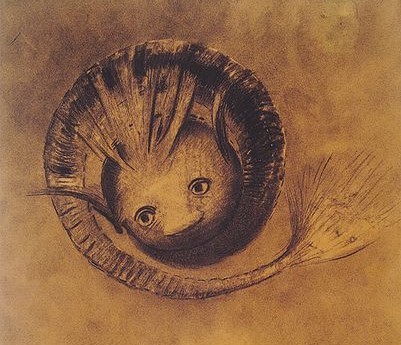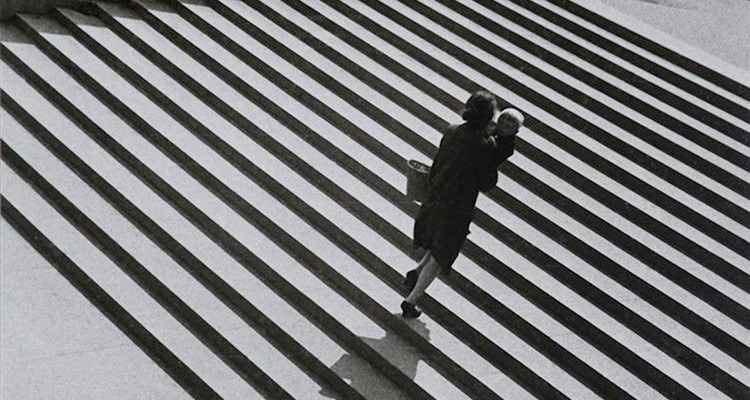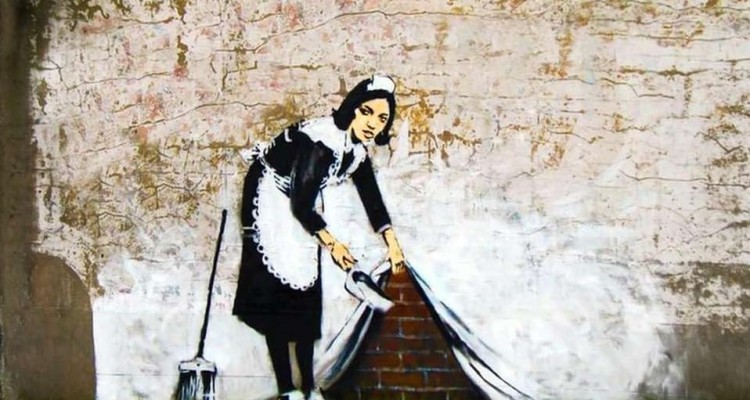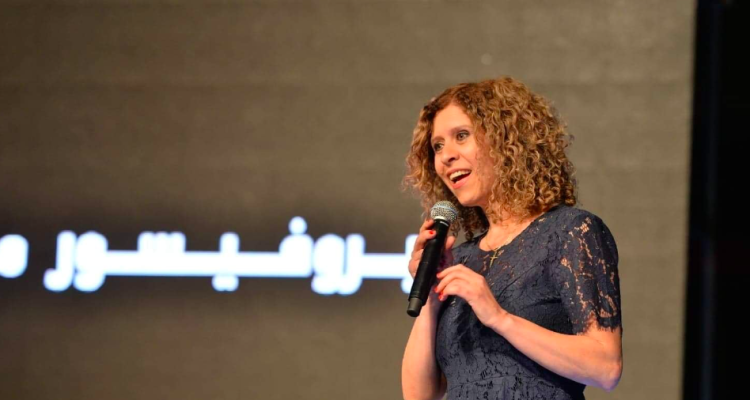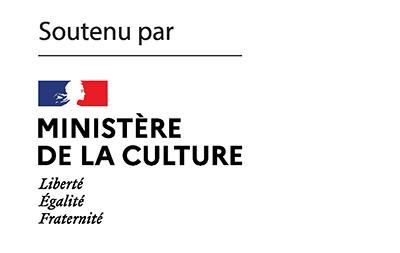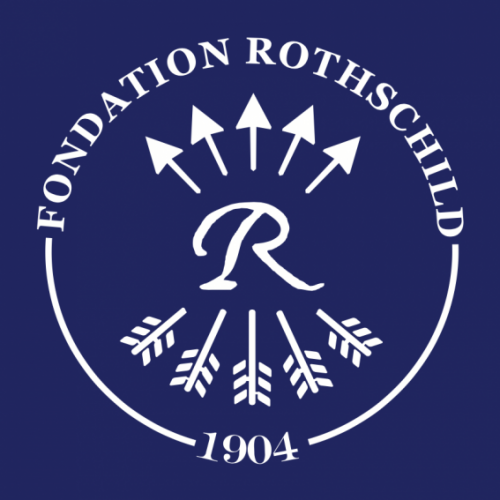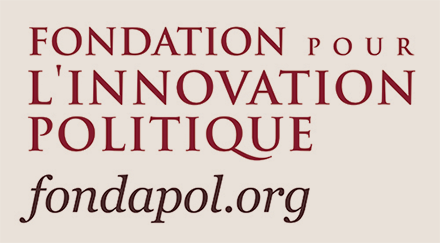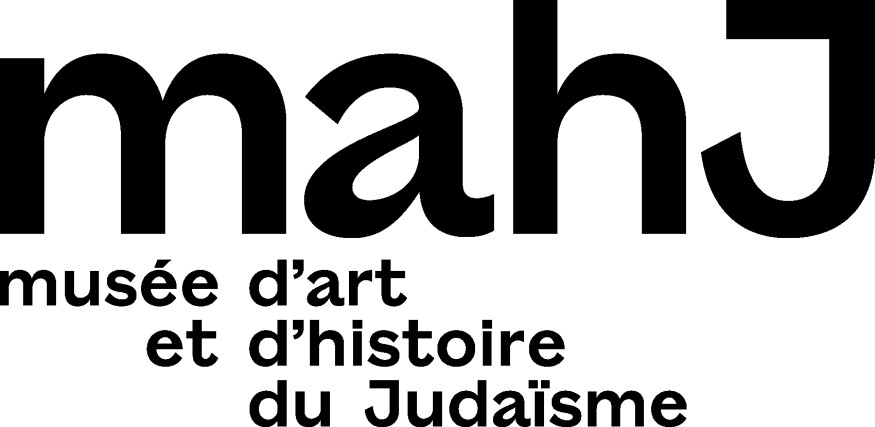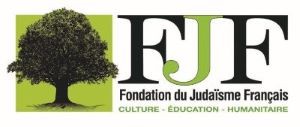Politics
Israel faces an existential threat on multiple fronts. Externally, the country’s militarily challenging enemies are piling up. But we cannot overlook what threatens Israel from within. For Eva Illouz, Israel needs a vast centrist and social-democratic movement to renew the contract between state and citizen. Only such a movement can give Israelis back the strength that has been taken away from them, and save them from a real existential risk.
On Friday 26 January, the International Court of Justice (ICJ) ruled on South Africa’s request to order Israel to cease its military operations in Gaza, arguing that there was a “serious risk of genocide”. The answer is clear: the ICJ does not consider that genocide is taking place. It even explicitly stated that there was nothing in the measures pronounced that would lead to any conclusion in this respect. What remains to be analysed is the political significance of the proceedings as a whole. This raises the question of why South Africa hailed a “decisive victory for the international rule of law…”.
Since the 7th of October we are appalled by the continuous flow of reactions denouncing Israel and only Israel. We are especially appalled by those that come out of academic institutions, articulated by scholars and intellectuals. But should we be surprised and shocked? Was this response to the atrocities committed by Hamas, aided by their civilian Palestinian collaborators, not entirely predictable? Have not these same people, departments, student bodies, activists, etc. been saying the same thing for at least the last two decades? Of course, they have, and a number of them didn’t even hide their glee as the full story of the massacre, the sexual violence and the kidnapping emerged.
The longer Israel’s military response in Gaza drags on, the more the memory of October 7 seems to fade in international public opinion. In this text, Danny Trom draws the consequences of such a development—the emergence of a clear divide between those for whom the event has passed and those who, increasingly isolated, keep it firmly in mind.
Why have historians been unable to qualify the October 7 massacres as part of the history of anti-Semitism? Jacques Ehrenfreund analyzes this crisis in the profession as a symptom, highlighting its connection with a form of radical criticism of the Jews on the rise in the West. This criticism, which blames the Jews for having failed to learn the right lessons from history, and in particular from their persecution, has less to do with modern anti-Semitism than with Christian anti-Judaism…
On December 10, Javier Milei, “el loco” [the madman], officially became Argentina’s new president. One of the astounding aspects of the populist tribune’s rise to power is his relationship with Judaism. He made the chief rabbi of the Moroccan-Argentine Jewish community Acilba his “spiritual guide”, and declared that he would devote his life to the Torah once he had accomplished the political mission God had assigned him. Francesco Callegaro looks back at the strange theological-political knot in which Orthodox Judaism and the pinnacle of the Argentine state now find themselves intertwined.
This text was written in a different context from that which emerged after October 7. It did, however, anticipate a double question precipitated by this event: that of the specificity of antisemitism within the logic of racism, and that of what, in contemporary societies, makes the potential victims of racism sometimes bearers, paradoxically, of antisemitic arguments.
How do Israeli Arabs experience October 7 and its aftermath? In her testimony, Mouna Maroun, a doctor of neurobiology and vice president of the University of Haifa, provides some answers to this question. Based on her personal experience of harmonious coexistence between Israeli Jews and Arabs and her struggle to deepen it at the university, she examines the difficulties posed to the integration process by the shock experienced by Israeli society as a whole, but also the reasons for hope.
By filming their crimes themselves, the Hamas terrorists made a spectacle of the massacre they committed on October 7. A 40-minute film documenting the atrocities was produced by the Israeli authorities and has been shown several times (since October 23 in Israel, since November 14 in France) to selected audiences. What exactly is in this film and how should we deal with these images? In a debate organized in partnership with Akadem, Michael Prazan—documentary filmmaker and writer—and Jean-Baptiste Thoret—film historian—examine the history, uses and effects of documentary images of extreme violence on those who view them.
Join us
With the support of:
Thanks to the Paris office of the Heinrich Böll Foundation for their cooperation in the design of the magazine’s website.
